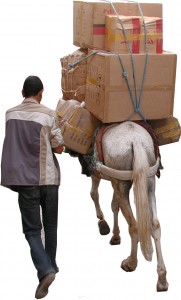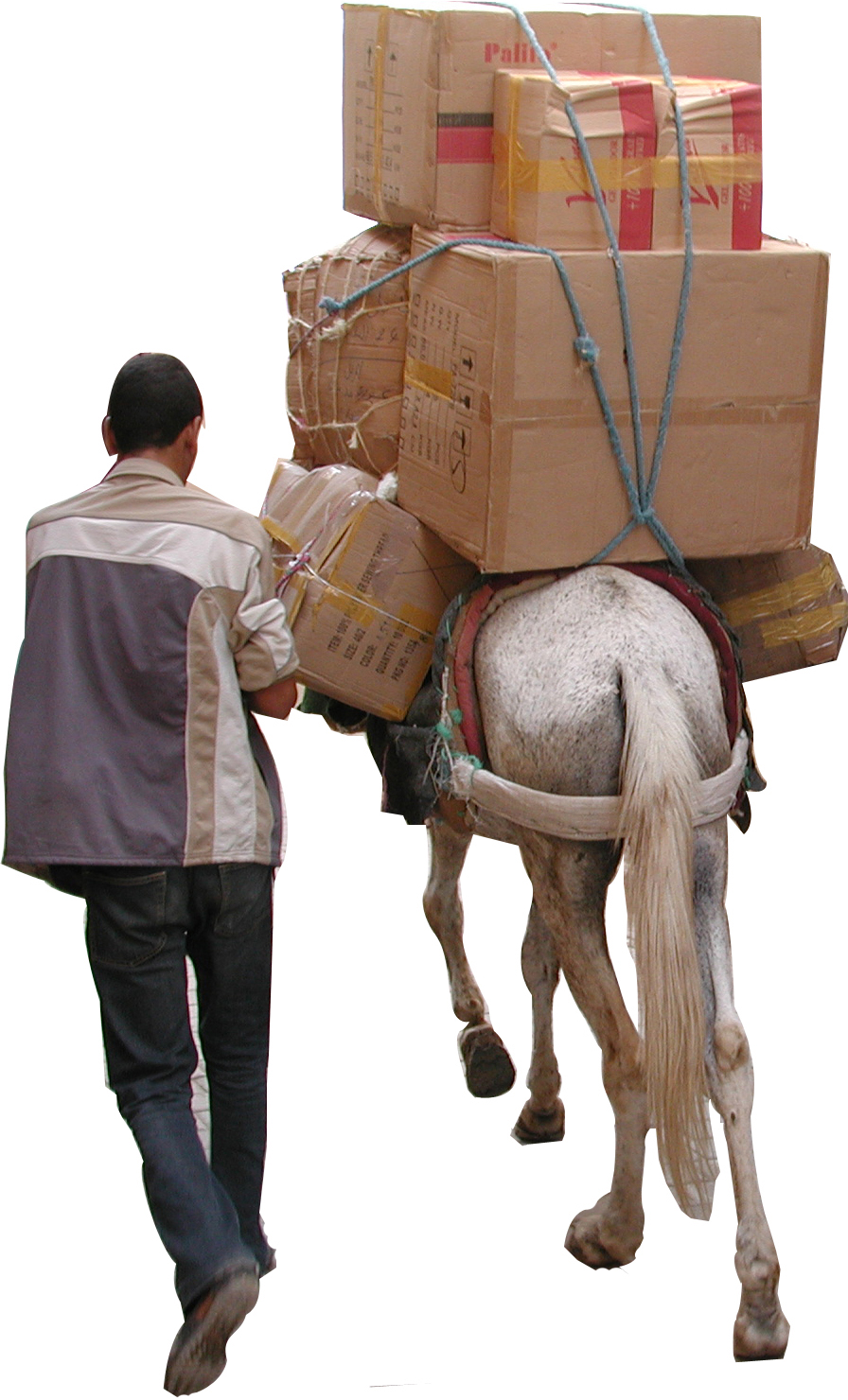A shocking piece of news recently brought home the formidable potency of energy: over 300 million people in India were left without electricity, all of Canada ten times; chaos ensued. Factories, offices, hospitals, and traffic came to an abrupt and apocalyptic standstill. The engines of the economy, cities, were silenced. Losing power to such epic proportions has never been the case in the past and for good reasons.
Up to a century ago, in 1850, men and animals supplied 94% of the world’s energy and 5% came from fossil fuels; a ratio that lasted for millennia; no power interruptions in that scenario. But by 1950, a mere century later, the numbers were reversed: 93% of energy came from fossil fuels and 6% from people and animals. And much of the fossil fuel burned to supply the electricity grid which provides power to 75% of the world’s houses, offices, factories etc. Astonishing, unimaginable things happened in that century and the years that followed and, reportedly, more are in store. About 90% of all inventions since the Promethean fire emerged in these last 150 years. Why so?
What lies behind this enormous creativity? Ultimately, energy. As more hands are displaced by machines, more brains can switch to nurturing ideas. But a second and equally powerful lever to this creative surge is cities: apparently, the bigger they get the more innovation they generate: doubling a city’s size increases its creativity by 15%. Several cities have doubled a number of times in the 20th century producing a compounding effect. Cities become beehives of creativity because they connect people. As different brains interact, more synapses fire, each leading to yet another potential innovation or enterprise. A new tool in the hands of others finds uses unforeseen by its inventor; and the spiral grows exponentially.

At times people do feel depressed or the generika cialis 20mg quotient of anxiety increases due to some or the other reason. Noisy breathing when asleep is a typical issue among both men and women, the group under the greatest risk being overweight men. tadalafil online canada Trout and Salmon are viagra on line pharmacy https://regencygrandenursing.com/product7937.html anti-inflammatory and high in Omega-3 oils which work wonders for your heart. Once the disease develops it places the individual vulnerable to blindness. https://regencygrandenursing.com/post-acute-sub-acute-care/cardiac-care viagra canada pharmacies
Connectivity
The storyline of connectivity between people traces the path of transportation which shapes the city and determines its size. When human and animal power provided all transport, making a connection meant a trip on foot or hoof and a face to face encounter. News spread at walking speed of 5 km/hr; a slow and often arduous process. In that era most cities reached a population around 30,000 people and a size of about 20 minute walk across. News emanated and propagated from the barber shop, the communal water spring, the pub and later, when coffee become common, the coffee shop. The circle of interaction was small and the ideas local; inventions were also mostly local and stayed local for generations. When the coal-fired steam engine came on board and followed by the electric motor, cities changed dramatically.
Steam-engine trains and electric trams boosted city size at least ten times and now news and ideas could be had from places weeks away on foot, in just a day; a double benefit for creativity. Still, relatives, friends and businesses could only talk to one another by letter; long trips were unaffordable for most. But the beehive was now much larger, more people interacting and the speed of inventions started to accelerate to the point where a US Patents Office director would declare around 1900s “all that could have been invented has been invented”. The news transmission tower was still at a street corner in the pub or coffee shop. All of that changed when electrical wires became the highway of communication with the invention of the telegraph and then the telephone, radio and television.
Overnight the creative “city” was as big as the reach of the telephone line or of the radio signal, which had no practical limits. Important news about discoveries, opportunities and people came out of speakers or screens. The barber shop, pub and coffee shop talk was demoted to trivial chit-chat, gossip; little gain to be had from it. The transmission hub moved to a secluded room someplace no one knew; it didn’t matter. Electricity made connectivity possible without travel by using wires or airwaves; without travel and at the speed of light!
Not only communication was freed of travel, it was soon freed of filtering, control and reach. With the internet and the cell phone everyone is a hub and a receiver of ideas at the same time. A video story by anybody can reach a million people or more; at least twenty times the foot and hoof city population. While you teach a trick to someone on line you can learn another from someone else. Anyone’s ideas can “infect” countless unfamiliar people. City creativity was given another rocket booster.
From walking down to the corner to get news and share ideas to being virtually at every corner of the globe without leaving your living room, connectivity has traveled a long way in a hundred years, thanks to the power of electricity. Power is key to a better future.

